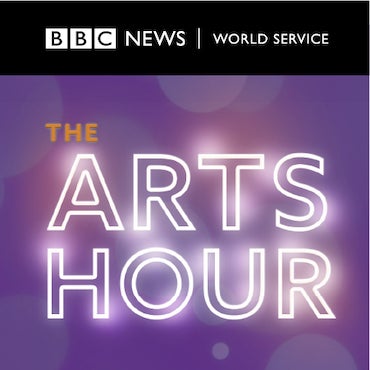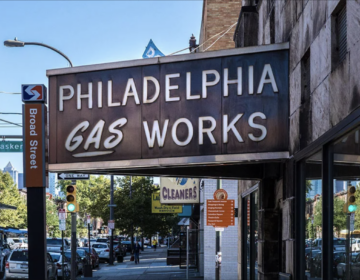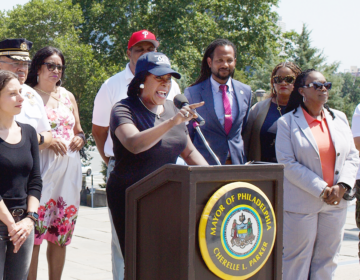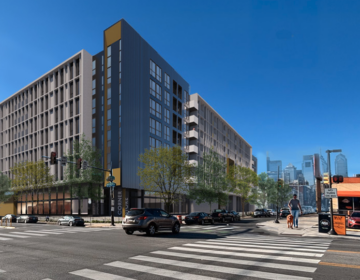Philly gets high marks on walkable access to jobs. What policies support that?
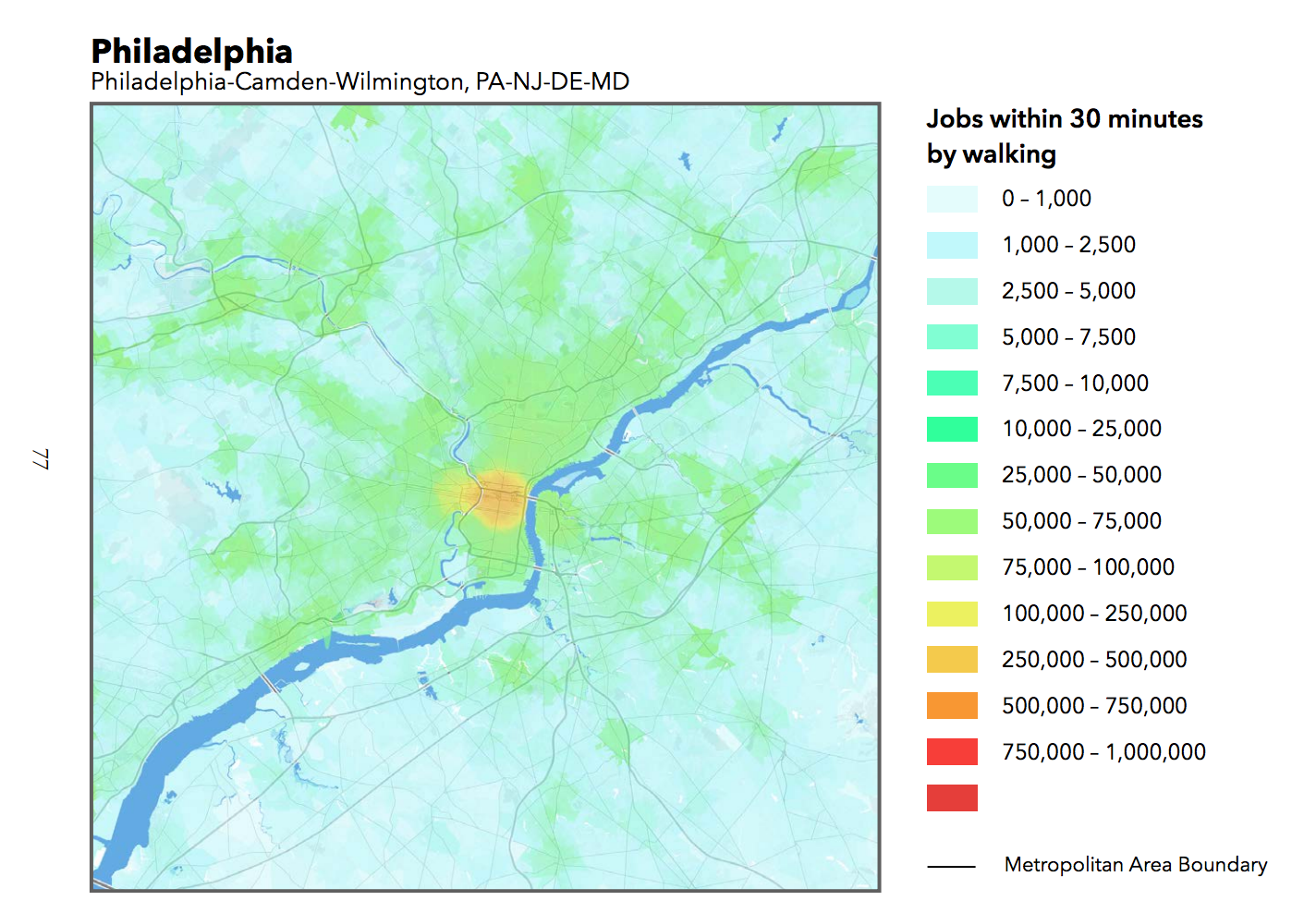
Back in March I wrote about the concept of “location efficiency,” which has been gaining some traction in the federal and state governments as a way to measure affordability.
The basic premise is that instead of thinking about affordability only in terms of housing, we should also include the typically second-costliest household budget item: transportation.
The traditional definition of housing affordability says housing costs shouldn’t be more than 30% of Area Median Income, and the Center for Neighborhood Technology wants to set the benchmark for transporation affordability at 15% of AMI. They developed the H+T Index to measure location efficiency, which is the basis for the Department of Housing and Urban Development’s Location Affordability portal.
When we look at location affordability, instead of just housing affordability, generally what we see is that a lot of centrally-located housing in the more urban parts of the city start looking a lot more affordable, as people are better able to avoid the costs of car ownership. That’s the pattern we see in Philadelphia, according to an analysis of Census data that Econsult put together for us last month.
Location efficiency isn’t just about pocketbook issues though. It’s also about access to jobs and how much time people have to spend commuting to work.
A new report from the Center for Transportation Studies at the University of Minnesota confirms that central Philadelphia is doing comparatively well when it comes to the number of jobs accessible by walking, ranking 8th out of the top 50 most populous U.S. metros. About 8% of Philadelphians walk to work.
Commuting trips, of course, are just one part of the equation, so this isn’t supposed to be definitive. Walkscore recently rated Philadelphia the 4th most walkable city using a range of other variables.
What’s the takeaway for policy? The Center for Transportation Studies researchers address this:
Accessibility is a function of both transportation and land use decisions, which has important policy implications. There are two broad avenues to increasing accessibility: improving transportation systems, and altering land-use patterns. Neither of these things can be easily shifted overnight, but over time they do change — both through direct plans and action, and through market forces.
In regards to accessibility by walking, and moreover the walkability of a place, both transportation and land-use patterns have effects. Higher transit mode share typically correlates with lower automobile mode share, and the more walkable a place becomes. Land-use characteristics such as block size and density of development influence urban form, and a place’s walkability […]
In general, areas with higher residential and employment density, and safer pedestrian connections between them, can achieve greater walking accessibility. Further, mixed-use development promotes a lower separation dichotomy between residential and employment centers, and provides even more walking accessibility
Essentially, zoning rules need to support more mixed uses, higher average population densities, and just more total housing units in the orange and yellow areas where most of the jobs are, and more of the darker green hubs need to become more yellow and orange.
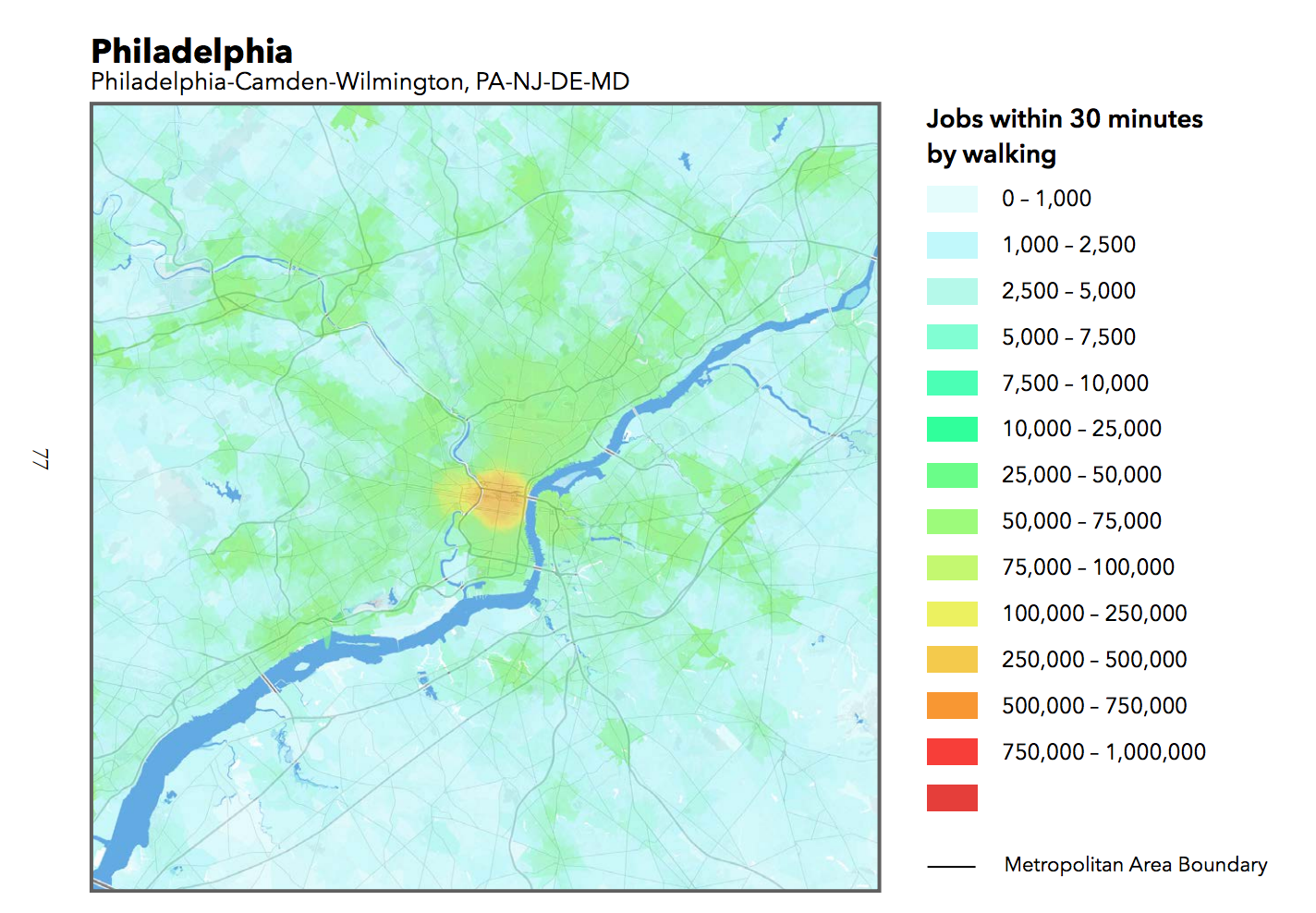
Here’s a closer look:
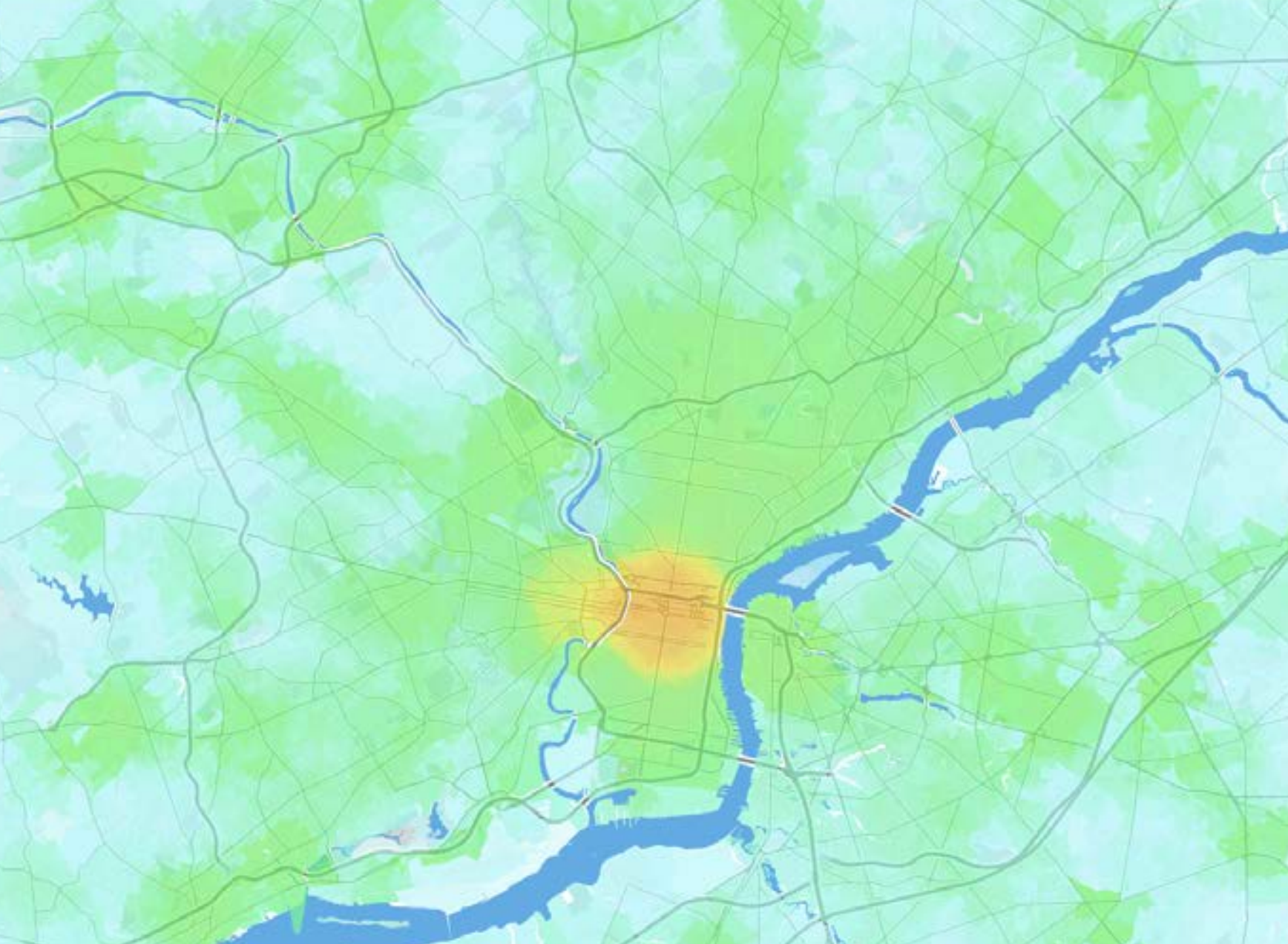
The transportation network also plays a key role in shaping location efficiency and accessibility, since it determines how much time it takes to get between and within the walkable urban clusters of jobs and good transit.
How this all fits together is that a transit system with high frequency, reliability, and speed effectively collapses the space between and within clusters, while compact mixed-use development and high-quality on-street bicycle facilities near transit stops support ridership by expanding the transit shed to be useful to more people.
As Human Transit author Jarrett Walker put it in his excellent talk from this year’s Congress for New Urbanism, the key question to ask about a city’s transit system is “how much of the city, in all its richness, is available to me?”
WHYY is your source for fact-based, in-depth journalism and information. As a nonprofit organization, we rely on financial support from readers like you. Please give today.

